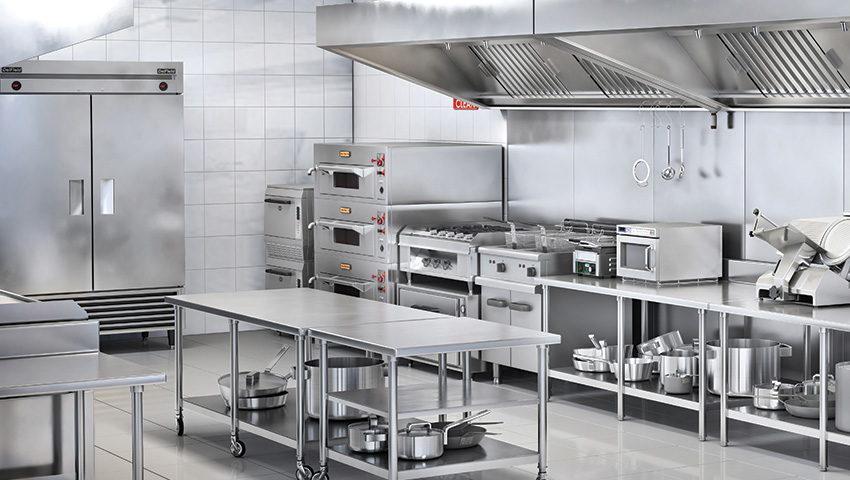Which Commercial Kitchen Layout is Right for Your Restaurant?

When it comes to designing a commercial kitchen, there are many factors to consider. From the size and layout of the space to the type of equipment you need, every aspect of your kitchen must be thought out carefully in order to create a functional, efficient workspace. One of the most important decisions you’ll make when designing your kitchen is choosing the right layout. In this blog post, we’ll explore some of the most popular commercial kitchen layouts to help you determine which one is right for your restaurant.
- The Straight Line Layout
The straight line layout, also known as a “zone” layout, is a simple and efficient design that works well for smaller kitchens. In this layout, all of the equipment and work areas are lined up in a single row, allowing for quick and easy movement between stations. This layout is ideal for restaurants that prepare a limited menu, as it allows for quick and easy access to all the necessary equipment.
- The U-Shape Layout
The U-shape layout is a popular option for medium-sized kitchens. In this layout, the equipment and work areas are arranged in a U-shape, with a central preparation area and access to all equipment from any point in the kitchen. This layout is ideal for restaurants that have a larger menu and need more workspace, as it allows for multiple chefs to work simultaneously without getting in each other’s way.
- The Parallel Layout
The parallel layout is a common choice for larger kitchens, as it provides ample space for multiple chefs to work at the same time. In this layout, the equipment and work areas are arranged in two parallel lines, with a central aisle in between. This layout allows for quick and easy movement between stations, as well as ample storage space.
- The Island Layout
The island layout is a popular option for high-end restaurants that need a lot of workspace and equipment. In this layout, the equipment and work areas are arranged in a circular or square shape, with a central island in the middle. This layout provides ample space for multiple chefs to work at the same time, as well as plenty of storage space. However, it may not be the most efficient option for smaller kitchens, as it can be difficult to move around the central island.
- The L-Shape Layout
The L-shape layout is a versatile option that works well for both small and medium-sized kitchens. In this layout, the equipment and work areas are arranged in an L-shape, with a central preparation area and access to all equipment from any point in the kitchen. This layout allows for quick and easy movement between stations, as well as ample storage space.
In conclusion, choosing the right commercial kitchen layout is essential for creating a functional and efficient workspace. From the straight line layout to the island layout, there are many options to choose from. When deciding on a layout, consider the size and needs of your kitchen, as well as the type of menu you’ll be preparing. With the right layout, you’ll be able to create a kitchen that’s both functional and efficient, allowing you to provide your customers with the best possible dining experience.


LEAVE A COMMENT